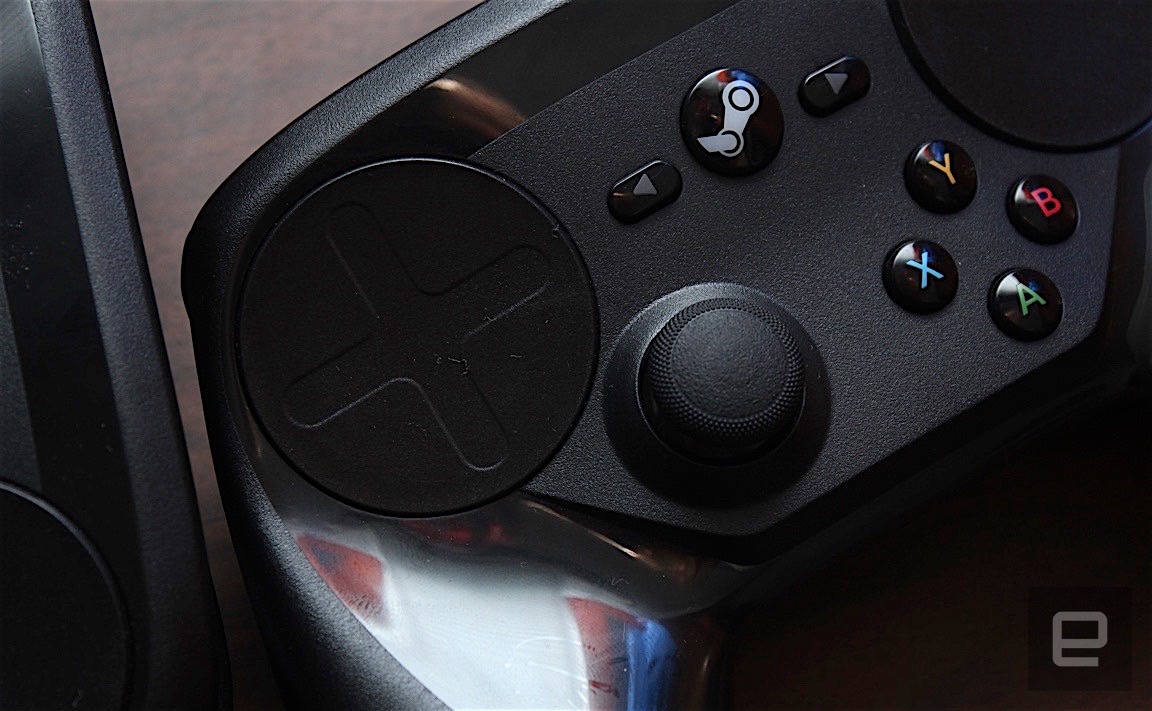
Microsoft has never been shy about its ambitions for Kinect's depth sensing abilities. A pair of patent applications, however, show that its hopes and dreams are taking a more Hollywood turn. One patent has the depth camera going portable: a "mobile environment sensor" determines its trajectory through a room and generates a depth map as it goes, whether it's using a Kinect-style infrared sensor or stereoscopic cameras. If the visual mapping isn't enough, the would-be camera relies on a motion sensor like an accelerometer to better judge its position as it's jostled around. Microsoft doesn't want to suggest what kind of device (if any) might use the patent for its camera, but it's not ruling out anything from smartphones through to traditional PCs.
The second patent filing uses the Kinect already in the house for that directorial debut you've always been putting off. Hand gestures control the movie editing, but the depth camera both generates a model of the environment and creates 3D props out of real objects. Motion capture, naturally, lets the humans in the scene pursue their own short-lived acting careers. We haven't seen any immediate signs that Microsoft is planning to use this or the mobile sensor patent filing in the real world, although both are closer to reality than some of the flights of fancy that pass by the USPTO -- the movie editor has all the hallmarks of a potential Dashboard update or Kinect Fun Labs project.
Filed under: Digital Cameras, Gaming
Microsoft patent applications take Kinect into mobile cameras, movie-making originally appeared on Engadget on Thu, 02 Aug 2012 18:04:00 EDT. Please see our terms for use of feeds.
Permalink |
 USPTO (1), (2)
USPTO (1), (2) |
Email this |
Comments
 Have you noticed that stereoscopic 3D is out of vogue, at least at home? So has NVIDIA. The graphics chip designer has unveiled plans to drop support for 3D Vision, its approach to gaming with 3D glasses. The last drivers to support 3D Vision will...
Have you noticed that stereoscopic 3D is out of vogue, at least at home? So has NVIDIA. The graphics chip designer has unveiled plans to drop support for 3D Vision, its approach to gaming with 3D glasses. The last drivers to support 3D Vision will...
 Have you noticed that stereoscopic 3D is out of vogue, at least at home? So has NVIDIA. The graphics chip designer has unveiled plans to drop support for 3D Vision, its approach to gaming with 3D glasses. The last drivers to support 3D Vision will...
Have you noticed that stereoscopic 3D is out of vogue, at least at home? So has NVIDIA. The graphics chip designer has unveiled plans to drop support for 3D Vision, its approach to gaming with 3D glasses. The last drivers to support 3D Vision will...
 When Valve announced that it had sold over half a million Steam Controllers, it also noted a new feature on the way called Activators. With Activators, gamers can customize each press of an input on the gamepad, with tweaks for haptic settings, or di...
When Valve announced that it had sold over half a million Steam Controllers, it also noted a new feature on the way called Activators. With Activators, gamers can customize each press of an input on the gamepad, with tweaks for haptic settings, or di...










